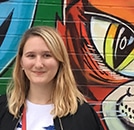Around any given corner in St Petersburg one can expect to find a museum that reflects the city’s unique cultural history. In particular, St Petersburg has a wide array of literary house museums – museums that detail the life of an author inside an actual former home of that author. These are particularly interesting in showing how an author lived and usually help demonstrate St. Petersburg’s importance in the creation of Russia’s literary canon.
As a literature major studying abroad in St. Petersburg, I’ve had the opportunity to explore many literary institutions in that city. Here are my top places that should be on your list to visit in St Petersburg!
The Apartment Museum of Joseph Brodsky (coming soon!)
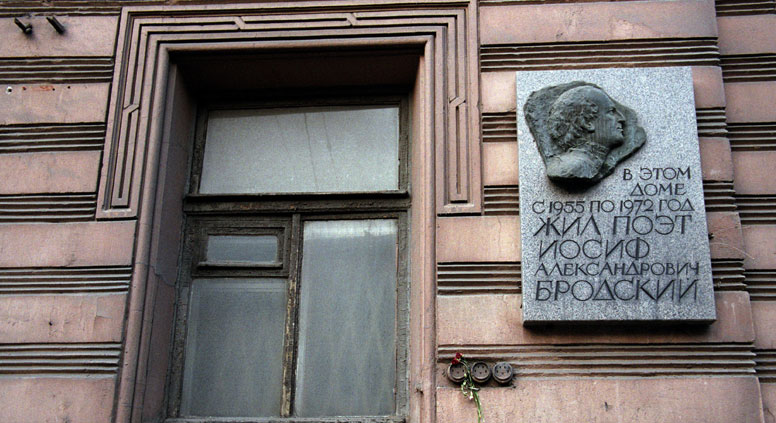
For almost twenty years, the Museum Foundation in St Petersburg has been attempting to convert Brodsky’s former communal apartment into a house museum. This apartment in particular, once a Soviet style communal apartment, is discussed in his English-written essays, “A Room and a Half” and “Less Than One.” However, due to issues with residents in the building the museum has yet to be actualized. The Museum Foundation, however, has accumulated a large collection of Brodsky’s original manuscripts and belongings, some of which are on display at the Akhmatova museum until his apartment is open for public viewing.
Although Brodsky left St Petersburg for the United States in 1972, he is still warmly regarded as an important part of Russia’s literary canon. Keep an eye open for this house museum… Rumor has it that it is coming soon!
Location: 24 Liteiny Avenue
Mikhail Lomonosov Collection in the Kunstkamera Museum
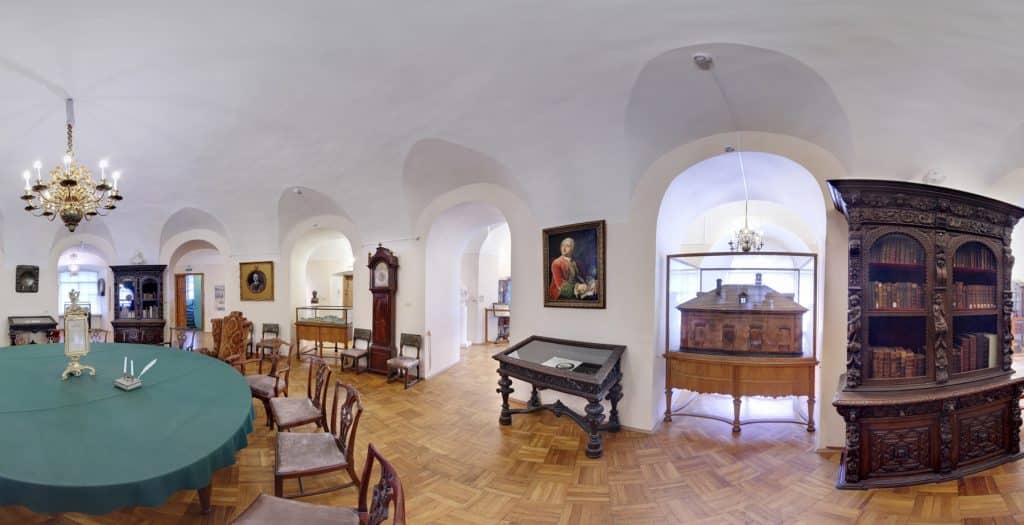
Mikhail Lomonosov spent a great deal of time within the Kunstkamera’s walls, as the building housed the St Petersburg Academy of Sciences beginning in 1724. He was the one of the academy’s youngest members at just 34. Today, the museum boasts a large display of first edition books, personal items, and art that once belonged to Lomonosov.
Lomonosov’s legacy is two-fold in Russia, firstly he is known for his contributions to science and secondly to literature. He is widely regarded as one of the main creators of the Russian “literary language” as he combined Old Church Slavonic with the vernacular spoken language in creating his written works.
Much like a house museum, the Kunstkamera aims to recreate a by-gone atmosphere – in this case, of an eighteenth century scientific institution. For example, in the center of the room stands a large circular table which is symbol for all the grand ideas and projects that were discussed by academics in St. Petersburg.
Location: Universitetskaya Naberazhnaya 3|
Hours: Tuesday to Sunday 11 am to 6 pm. Closed on Mondays.
Admission: Adults 300 RUB, students and children 100 RUB.
Audio guide: for free download the Kunstkamera app on your smartphone before arrival
The Alexander Blok Apartment Museum
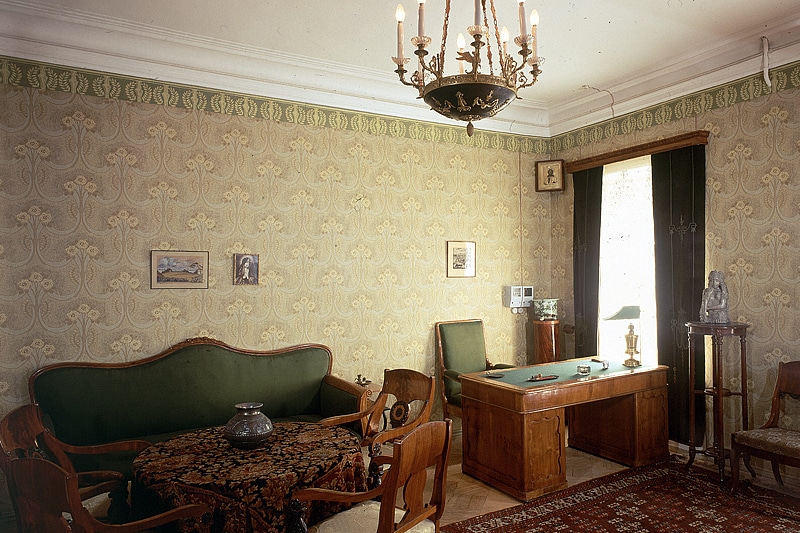
Although outside the city center and with audio guides offered only in Russian, this museum is definitely still must-visit as an important monument to a major Silver Age poet. If you don’t speak Russian, don’t fear – there are small books available for purchase that describe each room in the apartment in English.
Blok’s apartment was a hub of literary life in St Petersburg. It was frequented by both Anna Akhmatova and Andrey Bely, as well as various other prominent Silver Age writers. Furthermore, the museum highlights the changing local atmosphere in politics and literature after the First World War and the 1917 revolution. To further emphasize this point, the museum features a literary exposition that not only highlights important stages in Russia’s Soviet History but also monumental stages in Blok’s career.
Address: 57, Ulitsa Dekabristov
Hours: Open daily from 11 am – 6 pm, except closing at 5 pm on Tuesdays. Closed on Wednesdays
Admission: Adults $160 RUB, students $110
English translation book: $60 RUB
The Memorial Museum-Apartment of Nikolai Nekrasov
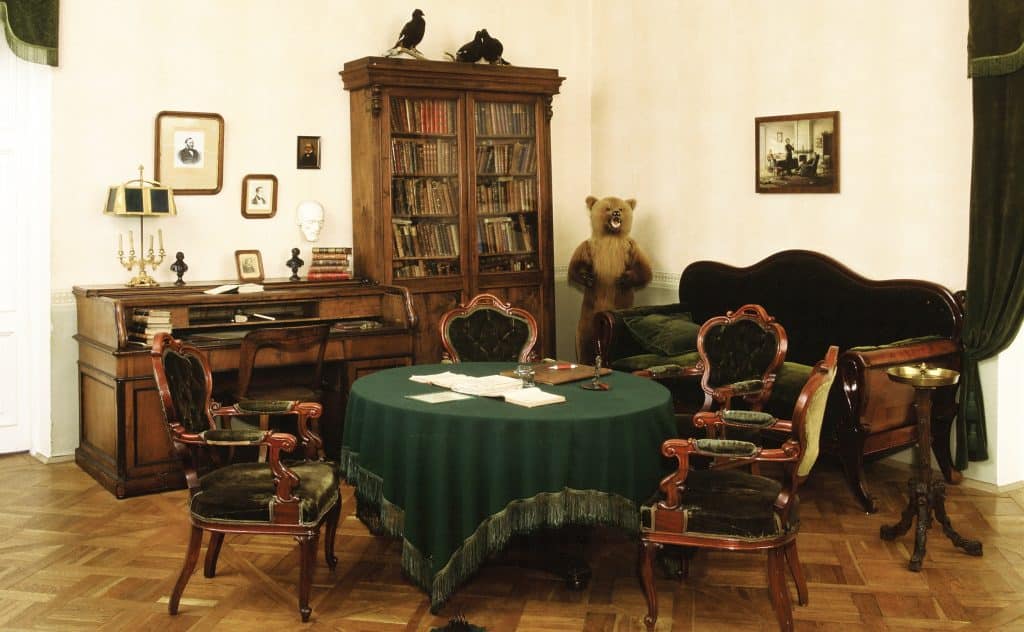
Nikolai Nekrasov was at the forefront of Russia’s publishing industry in the early nineteenth century. The museum, which was once his home, tells the story of novels and, more importantly, his literary journals: The Contemporary and later Notes on the Fatherland. The Contemporary especially was important in the development of Tolstoy, Dostoyevsky, and Turgenev’s literary careers and heavily influenced literary thought among Russia’s nobility.
The museum also details Nekrasov’s personal relationship with Avdotya Panayeva. Panayeva, a writer in her own right, had both a professional and intimate relationship with Nekrasov and lived with him for the majority of the time he owned the apartment.
Location: 36 Liteiny, St Petersburg
Hours: Open daily from 10:30 to 18:00. Except Thursday 12:00 to 20:00. Closed Tuesday.
Admission: Adults $120 RUB, under 16 free, Students from 16 years 60 RUB, Pensioners 60 Rubles.
Audio guide: 110 RUB.
Gavrila Derzhavin Villa-Museum
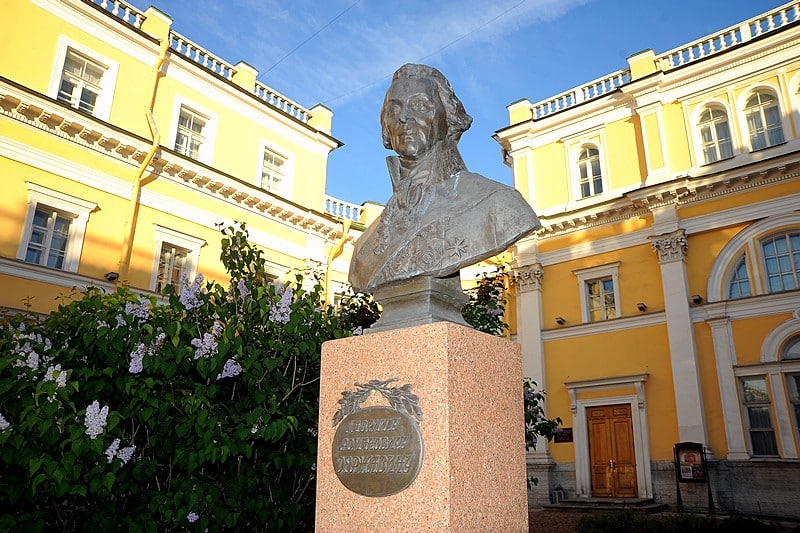
This large home consists of three buildings along the Fontanka River and belonged to Derzhavin from 1791 until his death in 1861. Here, the poet met with fellow writers like Nikolai Karamzin, Vasily Zhukovsky, Ivan Krylov, and Denis Fonvisin. These meetings influenced writers, like Pushkin and Gogol, to embrace a literary tradition different from the West, one that is purely Russian.
On display in the museum are various first edition manuscripts, paintings, illustrations, and rare books from the eighteenth century that once belonged to Derzhavin. While the museum mostly focuses on Derzhavin, it also contains various exhibitions devoted to the cultural life in St Petersburg, to show how much the Russian literary canon has developed since his lifetime.
Address: 118 Naberezhnaya Reki Fontanka
Hours: Wednesday to Monday 10:30 am to 6 pm. Thursday 12 am to 8 pm.
Admission: Adult 200 RUB; children free.
The Literary Museum of the Institute of Russian Literature (The Pushkin House)
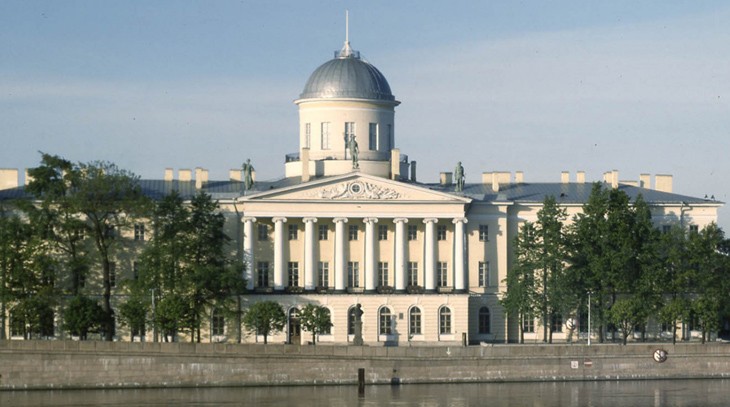
The Literary Museum of the Institute of Russian Literature (The Pushkin House) is dedicated to displaying various canonical Russian authors from the Golden Age to the end of the Silver Age.
The museum is set up somewhat similar to a house museum as each section displays personal belongings and manuscripts of Russian authors. The museum is laid out chronologically, and moves from author to author, while simultaneously linking each writer to their contemporaries. The exhibits features an array of prominent figures in St Petersburg’s literary history such as: Gavrila Derzhavin, Alexander Pushkin, Vasily Zhukovsky, Nikolai Gogol, Mikhail Lermontov, Leo Tolstoy, Fyodor Dostoyevsky, Fyodor Sologub, and Alexander Blok. It’s an expansive experience that anyone interested in Russian literature and its development should see!
Address: 4 Markarova Embankment
Hours: Monday to Tuesday 11 am – 4 pm. Closed Saturday and Sunday.
Admission: 300 RUB; 150 RUB student discount
Audio guide: 300 RUB
The Anna Akhmatova House
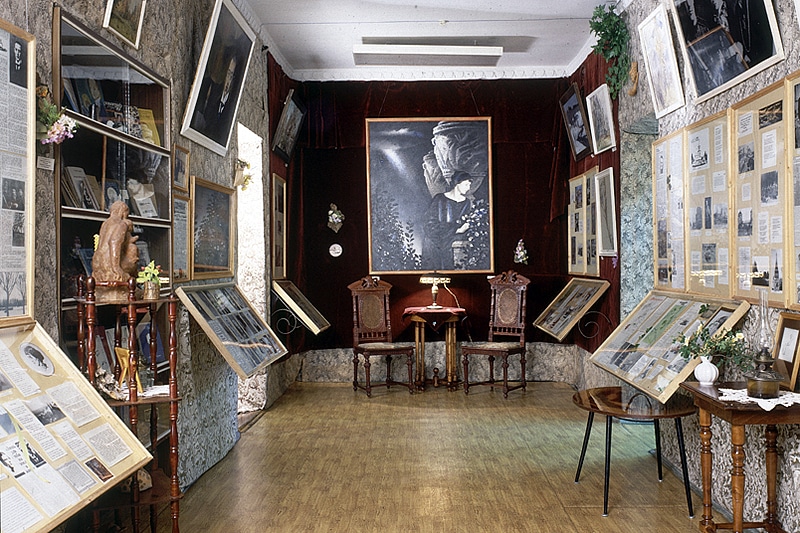
Anna Akhmatova was one of the Silver Age’s most significant poets and is still beloved today. She lived through the 1917 Revolution and the Leningrad Blockade. Her home stands as a living monument not only to the poet, but also to the Soviet times as it was once a communal apartment, where Akhmatova lived in close proximity to others. The decoration of her apartment reflects the overall minimalist mentality of the time period, instead of expensive decorations her room contains only small objects with immense sentimental value.
Although the museum itself is small, it is emotionally taxing as the tour emphasizes the immense suffering Akhmatova underwent during the wars and the reign of the Soviets. It depicts the story of a strong-willed woman who used the written word as a weapon against the Socialist State.
Address: 53 Liteiny Prospect
Hours: Tuesday, Thursday, Friday, Saturday, and Sun 10:30-6:30, Weds 12:00-8.
Closed Monday.
Admission: 200 Rubles.
The Nabokov House Museum
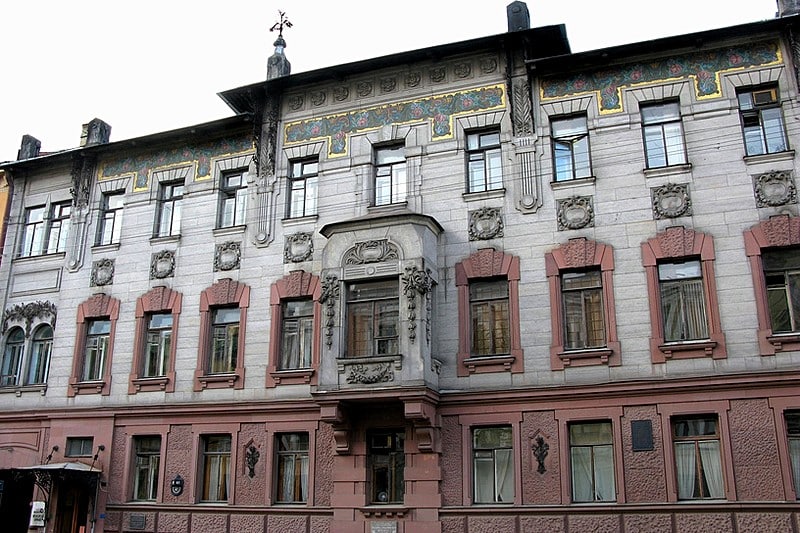
Nabokov is claimed by both the Russian and American literary canons. The Nabokov House seeks to use Nabokov’s former family home to show the writer’s connection to the city and, by extension, to Russia’s literary tradition. The museum contains a large collection of Nabokov’s first edition novels, his famous butterflies, and family photographs. Although Nabokov and his family ended up leaving Russia because of the rising tide of violence in politics, his literature continued to be inspired by Russian writers like Pushkin and Gogol.
The museum also shows the family’s importance in political history. The home itself stands as a symbol of old aristocratic Russia, with grand wainscoted ceilings and expensive wood panelling. However, Nabokov’s father was at the forefront of the Constitutional Democratic Party, and thus played an important role in the movements that sought democratic reform in the late tsarist period.
Address: 47 Bolshaya Morskaya Utlitsa, 190000 St Petersburg
Hours: Tuesday – Friday, 11 to 18. Saturday, 12 to 17. Closed Sunday, Monday, and on National Holidays.
Admission: Entry is free.
The Alexander Pushkin Museum and Memorial Apartment
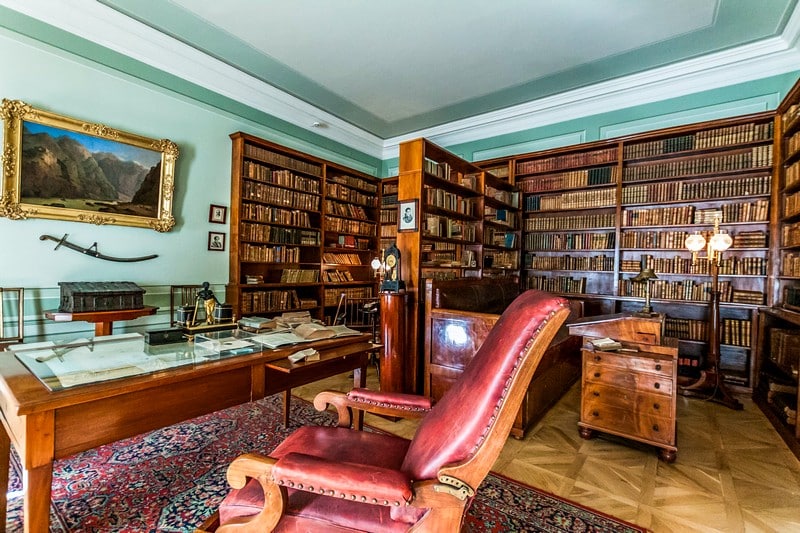
Most house museums focus on the life of the author. Pushkin’s Memorial Apartment, however, is strictly dedicated to Pushkin’s death. The museum uses paintings, illustrations, personal belongings, and even the layout of the apartment to depict the author’s final days.
The highlight is entering Pushkin’s study, which was also where he breathed his last breath. Although beautifully decorated with rows and rows of books, the beauty is overshadowed by the gloomy history of the room. In the same room as the sofa where he died is Pushkin’s desk, decorated with original manuscripts and letters. The museum in total draws attention to the fact that Pushkin’s legacy far exceeds his untimely death – and Russia has never stopped mourning his loss.
12 Naberezhnaya Reki Moyki
Hours: Wednesday to Monday, 10:30 am to 6pm. Last admission at 5pm.
Admission: Adult 150 RUB. Students with valid ID 60 Rubles. Children under 16 free. Audio guide available for 190 RUB.
The Dostoyevsky Memorial Apartment Museum
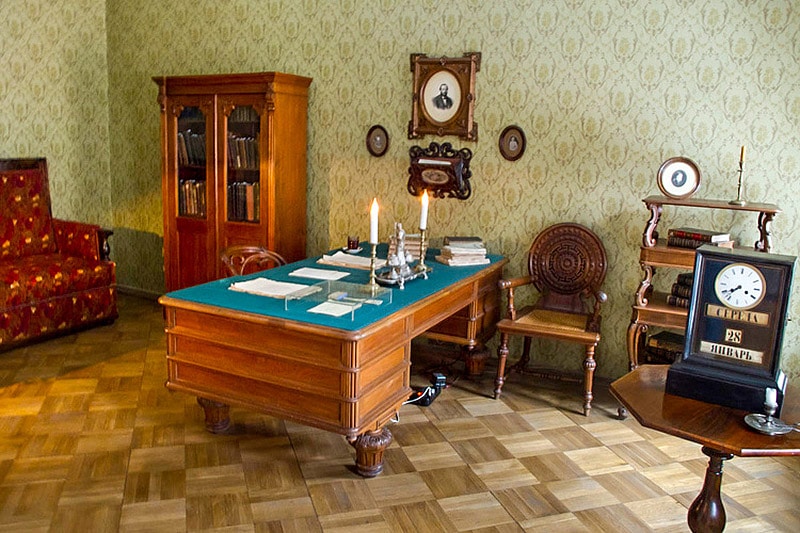
This must-see apartment is where Dostoyevsky spent the final years of his life and wrote the novel The Brothers Karamazov. The museum audio guide describes him working late in the evenings, but giving priority to his children, who occupied most of his day. It also describes the tragedy of his loss of two children and how this loss heavily inspired Dostoyevsky’s realist literature that frequently depicts unexpected tragedies in everyday life.
This apartment museum is unique in that it also features an exposition that changes frequently. The current exposition focuses on the juxtaposition between dark and light, with the room painted completely black with artificial light shining on different first edition copies of Dostoyevsky’s books, letters, paintings, and photographs. The only natural light comes from an open window that overlooks Vladimirskaya, Dostoyevsky’s beloved Church.
The combination of the unchanging apartment with the constantly changing exposition is symbolic of Dostoyevsky’s unchanging literature that continues to be read no matter the social or political situation not only in Russia but all over the world.
Address: 5/2 Kuzneckny Pereulok
Hours: Tuesday, Thursday, Friday, Saturday, Sunday: 11 am to 6 pm. Wednesday 1 to 8 pm.
Admission: for foreign citizens 250 RUB.
You’ll Also Love

Russia Reunites Two Major Art Collections, May Found New Museum
Russia has reunited the great pre-revolutionary art collections of Ivan Morozov and Sergei Shchukin. The collections of both Tsarist-era businessmen were nationalized after the revolution, partially auctioned abroad and then split between museums in Moscow and St. Petersburg. Each exhibition has been reported as an inspirational event, as the righting of a historical wrong, and […]

The Mariinsky Theater: St. Petersburg’s Operatic and Ballet Traditions
The Mariinsky Theater, located in St. Petersburg, Russia, is one of the most iconic and prestigious cultural institutions in the world. Since 1783, it has showcased some of the most famous ballets, operas, and orchestral performances of all time on both its stage and traveling to perform in theaters across the globe upon invitation. In […]
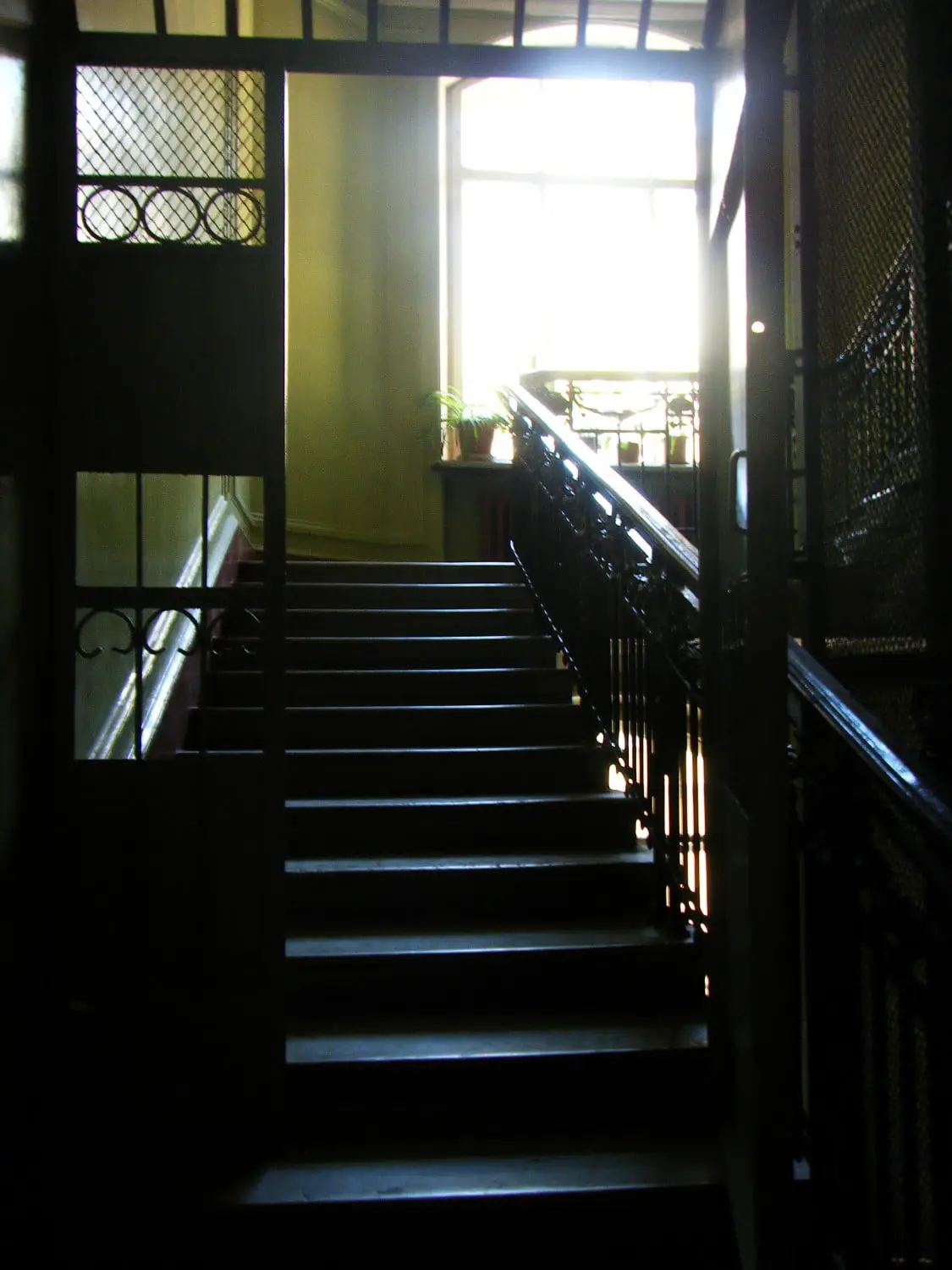
Kirov Museum in St. Petersburg
Although it has been more than 20 years since the dissolution of the Soviet Union, there are still traces of its legacy throughout St. Petersburg, whether it is an old emblem on a building or a sign referring to Leningrad, St. Petersburg’s former Soviet name. One such remnant is the Kirov Museum, dedicated to the life of Sergei […]
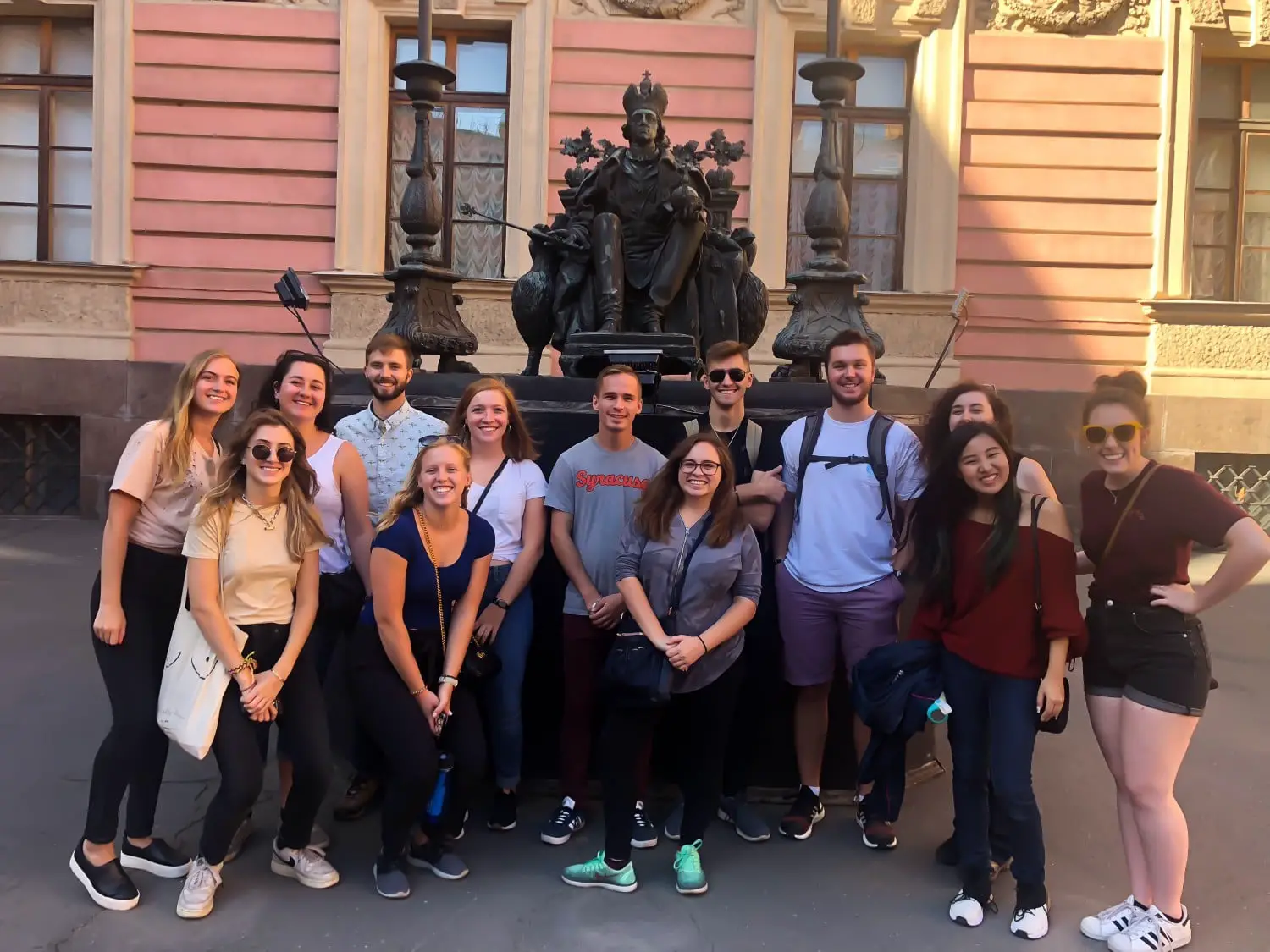
Peter and Paul Fortress Excursion in Saint Petersburg
As part of our SRAS program, we had a guided tour of the Peter and Paul Fortress. On a beautiful summer day, we took a tram out to the fortress. Once there, our guide started off by explaining the history of the fortress. Peter the Great established the fortress on May 16, 1703 on Hare […]
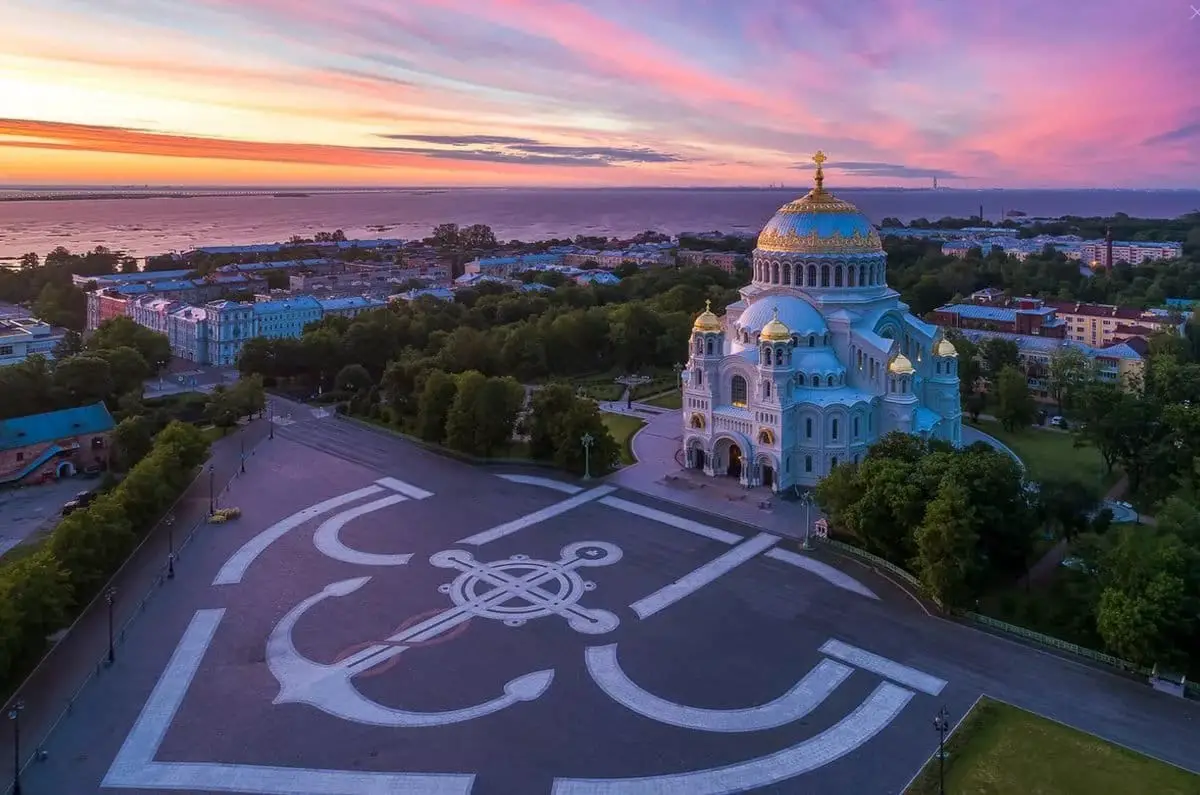
Kronstadt – Historic Area Near St. Petersburg
Located on Kotlin Island, some 20 miles west of Saint Petersburg, the city of Kronstadt and surrounding fortifications are grouped under the UNESCO World Heritage Site “Historic Centre of Saint Petersburg and Related Groups of Monuments.” Much of the island is currently being reconstructed as a major tourist center focused on Russia’s naval history. A […]






